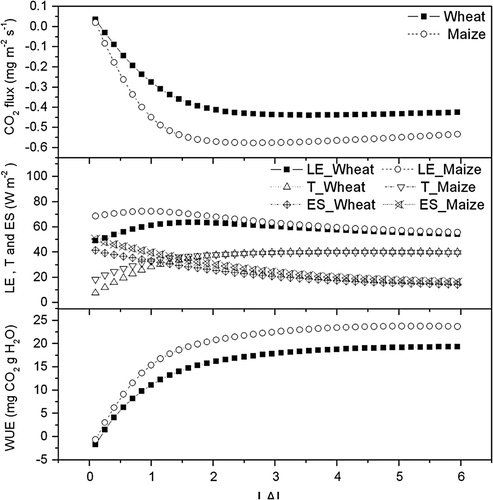Figures & data
Fig. 1 Diurnal variations of half-hourly averaged solar radiation (Q), air temperature (T a), vapour pressure deficit (VPD) on typical clear and cloud days over the growing season of winter wheat and summer maize.
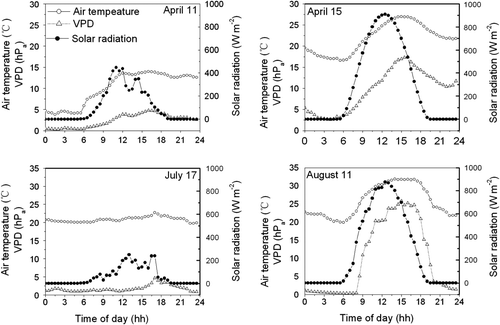
Fig. 2 Diurnal variations of monthly averaged half-hourly CO2 flux (F c) from November 2002 to October 2003 in a wheat-maize field at Yucheng. Bars indicate the standard deviation of particular half-hourly average values.

Fig. 3 Diurnal variations of monthly averaged half-hourly latent heat flux (LE) from November 2002 to October 2003 in a wheat-maize field at Yucheng. Bars indicate the standard deviation of particular half-hourly average values.

Fig. 4 The diurnal variations of monthly averaged WUE during the vigorous growth periods of wheat (March, April and May) and maize (July, August and September) from 2002 to 2003 at Yucheng.
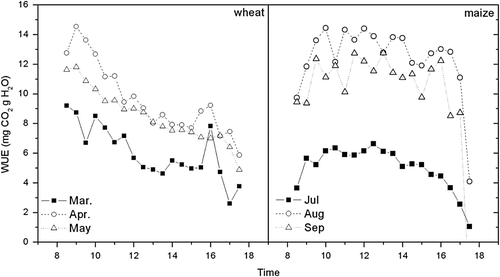
Fig. 5 Diurnal variations of monthly averaged radiation use efficiency (RUE) during the vigorous growth periods of wheat (March, April and May) and maize (July, August and September) from 2002 to 2003 in a wheat-maize field at Yucheng.
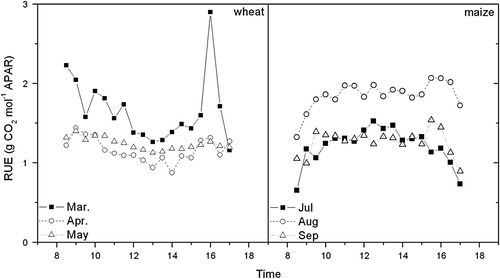
Fig. 6 The relationship between VPD and WUE of wheat on typical clear days during the growth season of wheat at Yucheng.
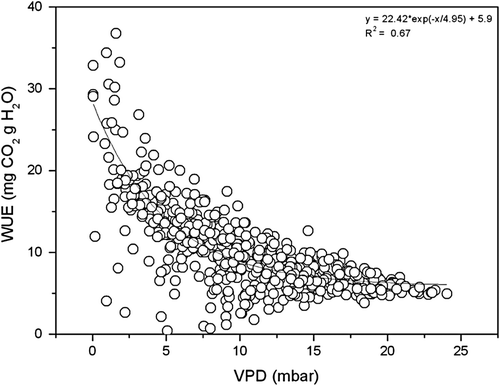
Fig. 7 The relationship between VPD, PAR and WUE of wheat on typical cloudy days during the growth season of wheat at Yucheng.
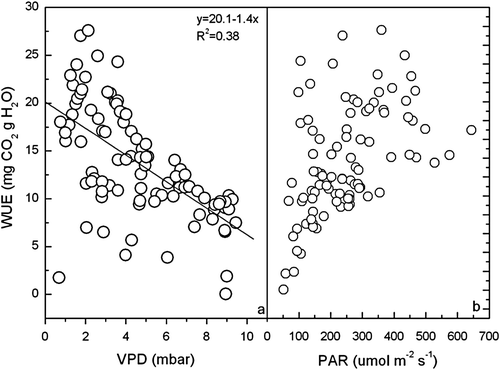
Fig. 8 The relationship between PAR, VPD and WUE on typical clear days during the growing season of maize at Yucheng.
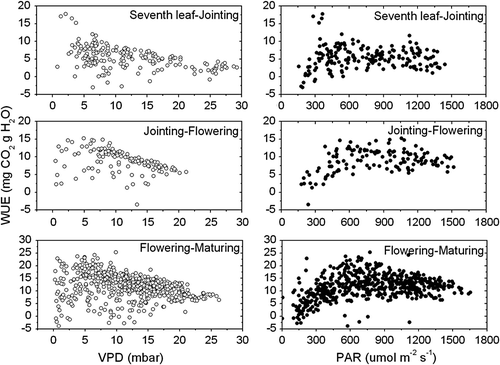
Fig. 9 Comparison between simulated and observed values of CO2 flux and latent heat flux (LE) over winter wheat and summer maize canopy at typical clear days in 2003.
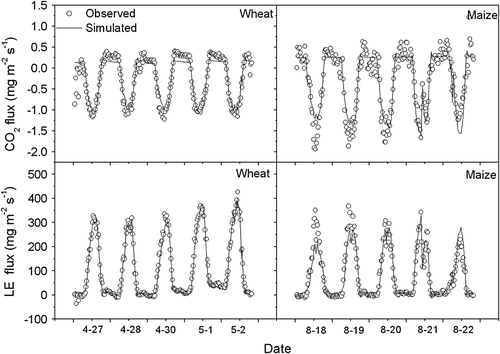
Fig. 10 Comparison between simulated and observed values of WUE over winter wheat and summer maize canopy at typical clear days in 2003.
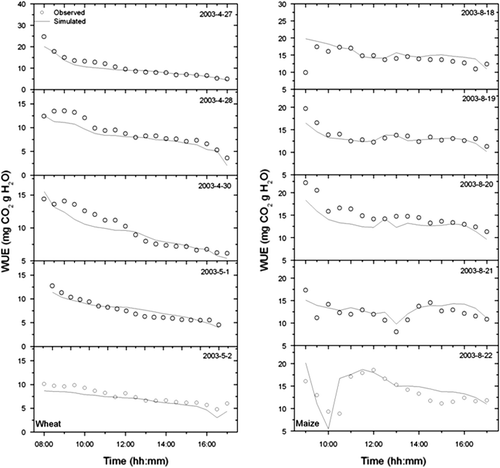
Fig. 11 The simulated response of CO2 flux, latent heat flux (LE), WUE of winter wheat and summer maize to the change in air temperature (5–40°C) at net radiation 200 W m−2, relative humidity 60% and wind speed 2 m s−1, in PAR (100–1900 µmol m−2 s−1) at air temperature 10°C, relative humidity 60% and wind speed 2 m s−1, and wind speed (0–16 m s−1) at air temperature 10°C, net radiation 200 W m−2, relative humidity 60%.
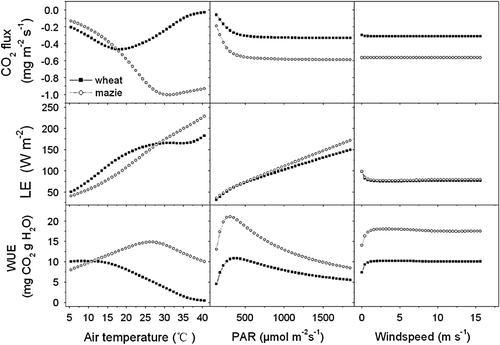
Fig. 12 The simulated response of CO2 flux, latent heat flux (LE), crop transpiration (T), soil evaporation (ES), WUE of winter wheat and summer maize to the change in leaf area index (LAI) (0–6) at net radiation 200 W m−2, relative humidity 60% and wind speed 2 m s−1, air temperature10°C.
